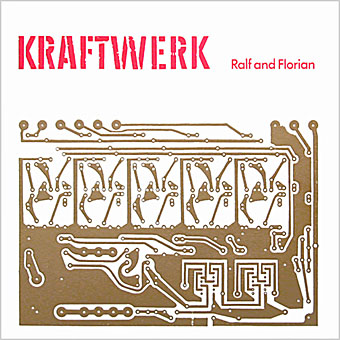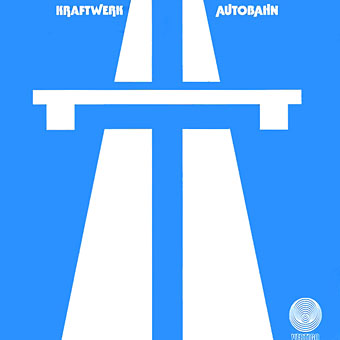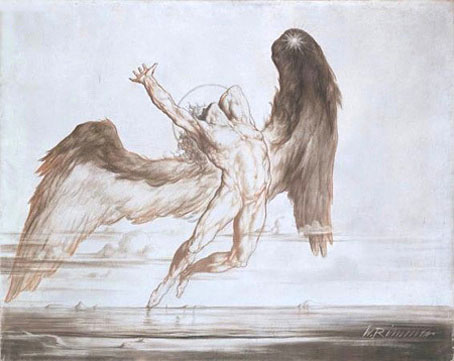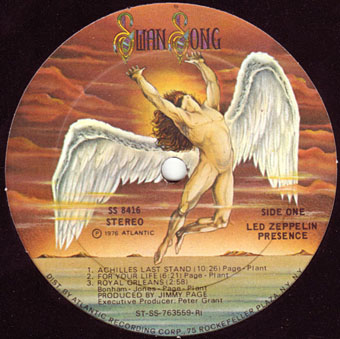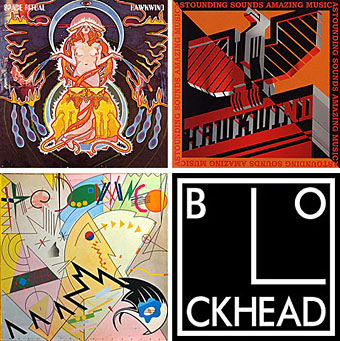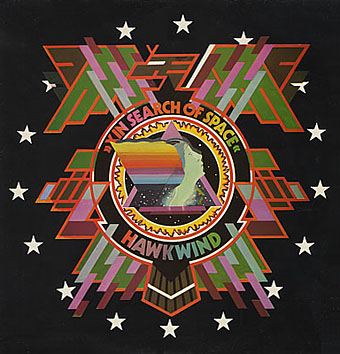Another authorless design: Vertigo #6360 616 (1973).
Things we did (or didn’t) learn about album cover design this week.
• The jury is still out as to whether Barney Bubbles designed the covers for the UK releases of Kraftwerk’s third and fourth albums, Ralf and Florian and Autobahn. BB experts Rebecca & Mike did clarify a few points with Kraftwerk designer and collaborator Emil Schult, however. This matter requires further research if only to satisfy my own curiosity.
• The Guardian finally caught up with the CD Cover Meme which was discussed here last year. “Labels spend fortunes on what you lot have managed in minutes” says the paper. By the same rationale anyone who keeps a blog is, de facto, a journalist because all that either involve is writing down a few words. Clever.
• Taking the DIY theme one stage further, Figment is a site where you can invent your own band and promote them via imaginary album sales on the site. You can also create your own cover art, of course, and Figment have asked me to judge an album cover contest with the very real and worthwhile first prize of the latest edition of Photoshop and a copy of Paul Gorman’s excellent Barney Bubbles monograph, Reasons To Be Cheerful. The contest is running now until April 3rd, 2009, if you’re interested.
Update: Cover versions: How Hipgnosis created some of the most memorable images of the Seventies. The Independent on the new Hipgnosis book.
Elsewhere on { feuilleton }
• The album covers archive

